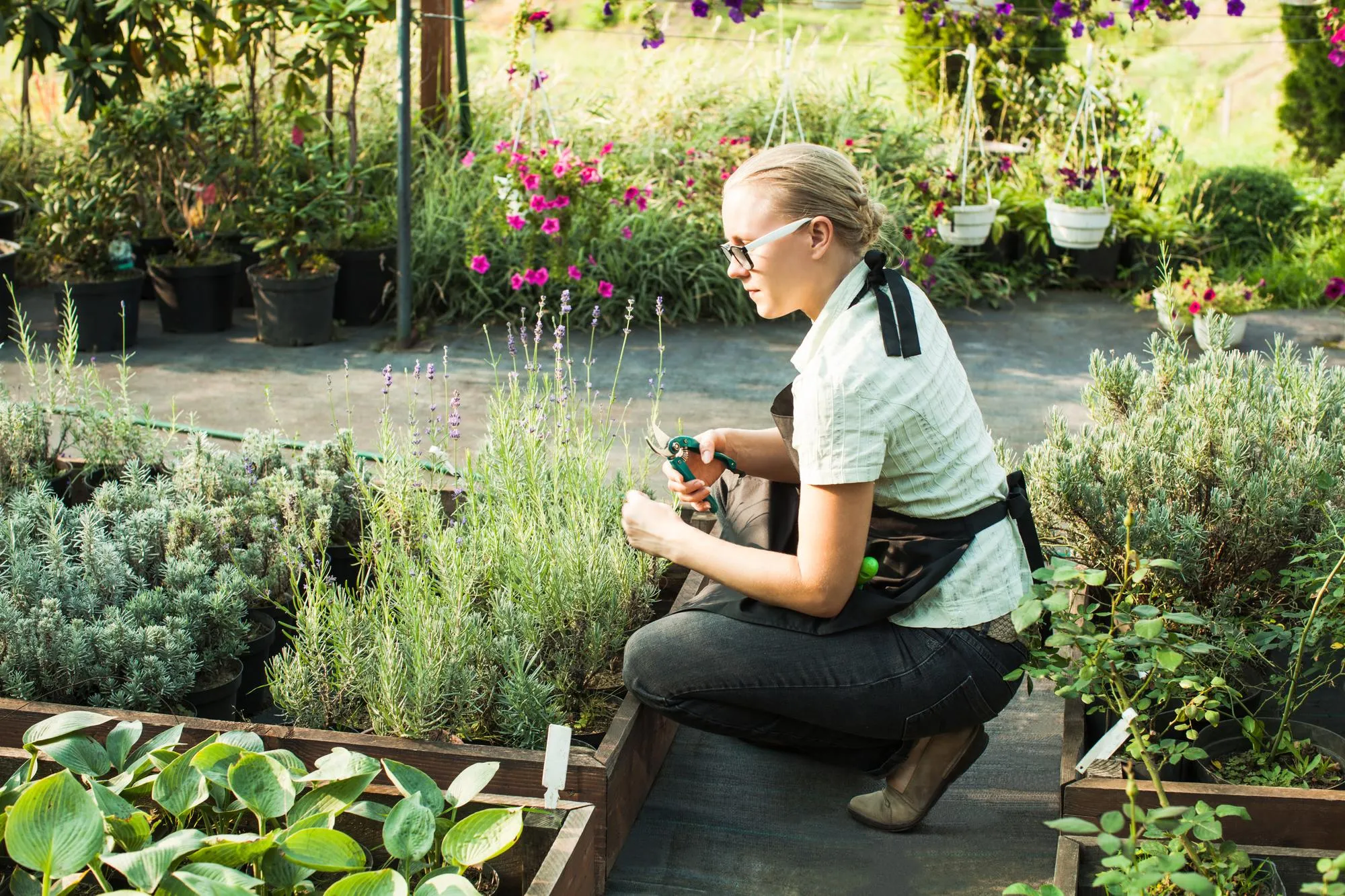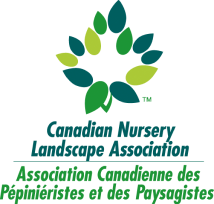Designing a pollinator-friendly garden is a fantastic way to contribute to the environment while enhancing the beauty of your outdoor space. Pollinators such as bees, butterflies, and hummingbirds play a vital role in maintaining healthy ecosystems. By choosing the right plants, you can create a garden that attracts these important creatures, ensuring a thriving landscape year after year.
Choosing the Right Plants
To design a pollinator-friendly garden, it’s essential to select plants that provide food and shelter for pollinators throughout the seasons. Native plants are often the best choice, as they are naturally adapted to the local climate and provide nectar and pollen that native pollinators need. Plants like coneflowers, black-eyed Susans, bee balm, and butterfly bush are all excellent choices for attracting bees and butterflies.
Incorporating these plants into your landscape design can be made easier with the help of professional landscape design & installation services. A skilled landscaping team can ensure that the plants are arranged properly to maximize pollination and overall garden health. Additionally, garden design & planting services can offer expert advice on how to group plants for optimal exposure to sunlight and wind, which helps create a thriving environment for pollinators.
Creating Habitat Spaces
Pollinators need more than just food sources — they also require safe places to rest and breed. Adding native shrubs, trees, and even a small water feature can create a perfect habitat. For example, the black locust tree and serviceberry shrub offer both nectar for pollinators and shelter for other wildlife.
You can also design areas of your garden that are ideal for nesting. Incorporating dense plantings or leaving patches of bare soil can provide spaces for ground-nesting bees. Many butterflies also require specific types of plants to lay their eggs, such as milkweed for monarch butterflies. To enhance these features, consider working with a professional landscaping company that specializes in outdoor lighting installation for highlighting important areas and creating a peaceful, safe space for pollinators during the evening hours.
Water and Pollen Sources
A water source, such as a shallow birdbath or small pond, can be a great addition to any pollinator-friendly garden. Pollinators need fresh water to hydrate, especially on hot summer days. Consider incorporating pond & water feature installation into your garden to create a functional and aesthetic water feature that attracts both pollinators and birds. By ensuring the water is clean and fresh, you provide a healthy, sustainable resource for these creatures.
Additionally, providing a variety of pollen-rich flowers is essential. You can create a continuous bloom cycle by selecting plants that flower at different times of the year. This ensures that pollinators have a consistent food supply throughout the growing season. If you’re unsure which plants are best for your area, a landscaping consultation can help guide you in selecting the right plants for your region.
Incorporating Sustainable Practices
Sustainability is key in maintaining a healthy, pollinator-friendly garden. Consider minimizing the use of pesticides and choosing organic solutions to control pests. Many of the methods used in eco-friendly pest control will also benefit your pollinators. Companion planting can help deter pests while keeping pollinators safe.
Moreover, mulching with organic materials like bark or straw can improve soil health, retain moisture, and provide a safe environment for pollinators to thrive. The mulching & garden bed maintenance service can ensure that your garden beds are properly mulched, creating an ideal space for both plants and pollinators to flourish.
Conclusion
Designing a pollinator-friendly garden is not only beneficial for the environment but also enhances the beauty and vitality of your outdoor space. With the right plants, water features, and sustainable practices, you can create a welcoming habitat for bees, butterflies, and other pollinators. By incorporating professional landscaping services, such as landscape design & installation and garden design & planting, you can ensure that your garden becomes a thriving ecosystem for pollinators and a serene outdoor retreat for you.





